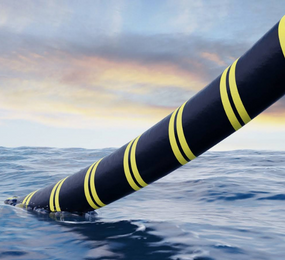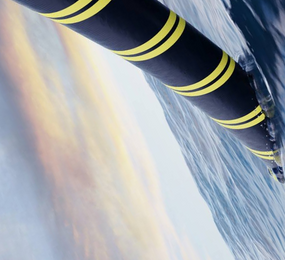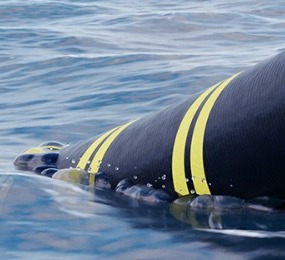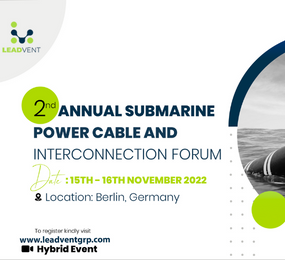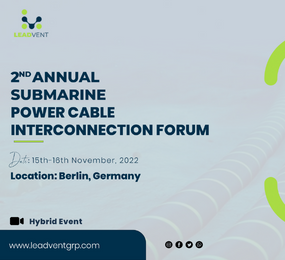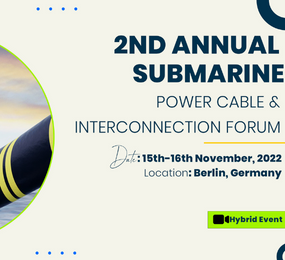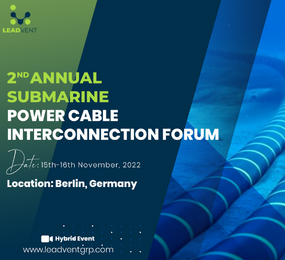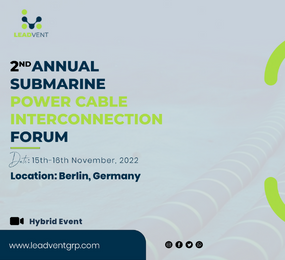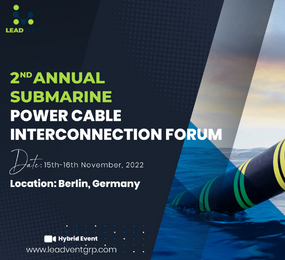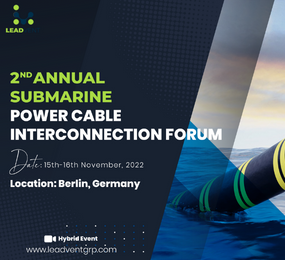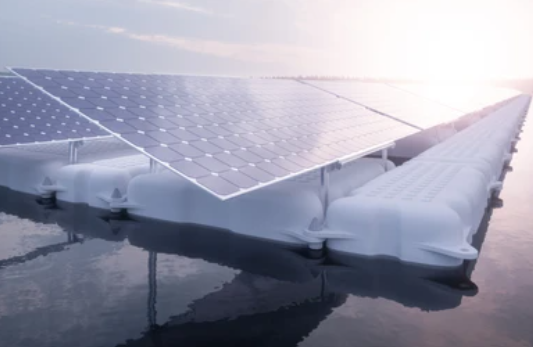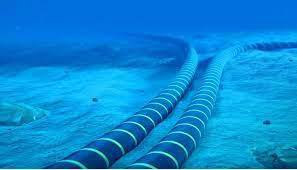Subsea Cable Installation, Asset Management, and Reliability: Keeping the World Connected Beneath the Waves
Beneath the surface of the world’s oceans lies a vast network of subsea cables—quiet, invisible, but absolutely essential. These undersea lifelines carry more than 95% of the world’s internet and data traffic, and increasingly, they are critical for transporting electricity between countries through offshore wind farms and interconnectors.
The stakes are high. A single cable failure can disrupt financial markets, cut off entire regions from internet access, or halt renewable energy transfers. That’s why subsea cable installation, asset management, and long-term reliability are more than technical concerns—they are global priorities.
Precision in Subsea Cable Installation
Laying a subsea cable isn’t as simple as dropping a spool of wire into the ocean. It’s a highly planned and technologically intensive process that requires expert navigation, environmental sensitivity, and engineering finesse.
The process typically involves:
1.Route Surveys: Before any installation, marine surveys assess the seabed’s topography, geology, and potential hazards. These surveys help avoid areas with seismic activity, shipwrecks, or sensitive ecosystems.
2.Cable Lay Operations: Specialized vessels equipped with dynamic positioning systems and remotely operated vehicles (ROVs) carefully lay the cable along pre-mapped paths. The cable is sometimes buried beneath the seafloor using jetting or plowing tools to protect it from damage by fishing activities, anchors, or natural shifts.
3.Jointing and Shore Landings: At both ends, cables must transition smoothly from the ocean floor to onshore facilities. Shore landings require precision trenching, coordination with coastal authorities, and often, overcoming logistical challenges in remote or high-traffic areas.
Each stage of installation must balance speed, accuracy, and long-term durability—there are no easy “fixes” once a cable is hundreds or thousands of meters underwater.
Managing Subsea Assets: Out of Sight, Never Out of Mind
Once installed, the job isn't over. Subsea cables may be out of sight, but they demand constant attention.
Asset management in this context means monitoring, maintaining, and optimizing cable systems over their lifespan—which can exceed 25 years.
Key strategies include:
1.Real-Time Monitoring: Advanced sensors and data systems track environmental conditions, power levels, and signal integrity, detecting anomalies before they become failures.
2.Inspection and Maintenance (IMR): Scheduled inspections with ROVs or autonomous underwater vehicles (AUVs) allow for preventive maintenance and early intervention.
3.Data-Driven Decision-Making: Machine learning and historical performance data are increasingly used to predict which segments may be at higher risk of wear or failure.
4.Incident Response Planning: Fast response to faults—often caused by human activity or natural hazards—requires coordination between operators, governments, and vessel support services.
This proactive approach not only protects critical infrastructure but also minimizes downtime and economic loss.
Reliability: The Backbone of Digital and Energy Infrastructure
The world is depending more than ever on reliable subsea cables. Whether it's streaming content, enabling remote work, transmitting stock market data, or exporting offshore wind power, these systems are the unseen backbone of modern society.
Ensuring their reliability involves more than technical fixes. It requires:
1.Collaboration Across Borders: Many subsea systems span multiple countries and jurisdictions. Strong international cooperation is essential for maintenance, upgrades, and emergency response.
2.Regulatory Compliance and Environmental Stewardship: From permitting to decommissioning, operators must align with strict environmental and maritime laws, ensuring sustainable practices at every stage.
3.Investing in Redundancy and Resilience: Redundant paths and backup systems are critical in case of unexpected failures. Smart asset design means planning for the worst while building for the long haul.
Conclusion
Subsea cables are the arteries of our connected world. Their installation demands precision. Their management requires foresight. And their reliability underpins everything from global communication to renewable energy transfer.
As demands on these systems grow, so too must our commitment to maintaining and improving them. It’s a challenge that spans oceans—but it’s one we can’t afford to ignore.
Learn more on our website: https://www.leadventgrp.com/events/5th-annual-subsea-cable-installation-asset-management-reliability-forum/details
For more information and group participation, contact us: [email protected] .
Leadvent Group - Industry Leading Events for Business Leaders!
www.leadventgrp.com | [email protected]


